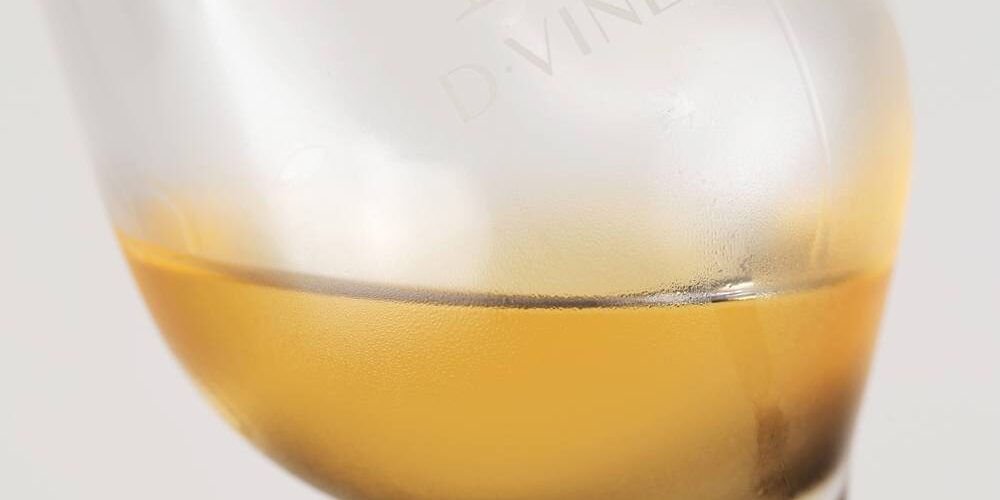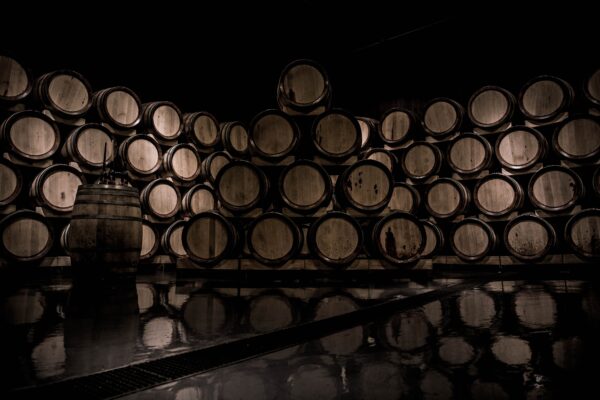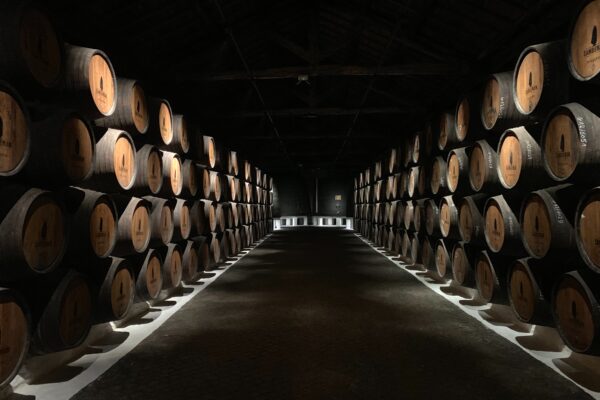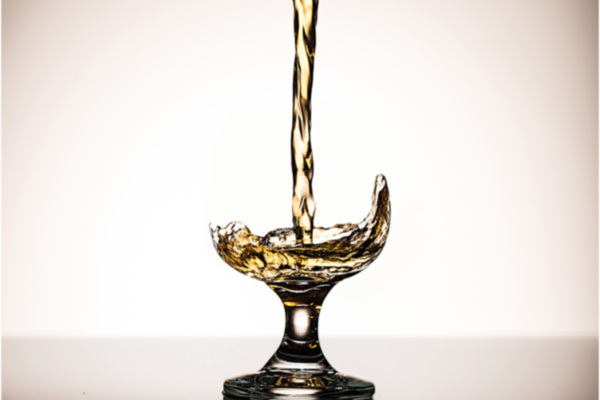There are three crucial aspects to obtaining the maximum enjoyment from tasting a wine: the quality of your glassware, aeration of the wine and service temperature. The ideal service temperature for a wine depends primarily on its balance of tannins, acidity and body. This balance varies according to colour (red, rosé or white), and style of wine (sweet, dry, etc.). So let’s take a closer look.
White wines
With white wines, which have little or no obvious tannins, there is more acidity. If you serve a white wine, like a Sauvignon for example, at room temperature (15-20°C), this acidity will become aggressive and unpleasant. This will throw the wine off balance and leave it sorely lacking finesse. That is why it is recommended to serve such wines lightly chilled, between 10°C and 12°C.
With drier styles of white with lively acidity, such as Gros-Plant-du-Pays-Nantais – a highly acidic wine which some like to pair with seafood – the recommended service temperature is 8-9°C. This will calm the wine’s acidity and make it more pleasant on the palate.
Rosé wines
For rosé wines, the recommendations are similar to those for white wines. Rosé is appreciated for its freshness, light body and tangy flavours, and is generally drunk outdoors, at BBQs in summer. Its acidity means that, like white wine, it is best served chilled.
Red wines
There are a number of different phenomena to consider with red wines. Like with white wines, acidity is one of the first aspects of the equation. For example, a Beaujolais-Villages, which has quite high acidity, should be served at about 14°C to 15°C.
Then there is the tannic structure. Tannins bring body and richness to a wine. If a wine is served too cold, its tannins can become unpleasant. That is why it is strongly recommended to serve tannic red wines at a temperature of above 16°C to 17°C.
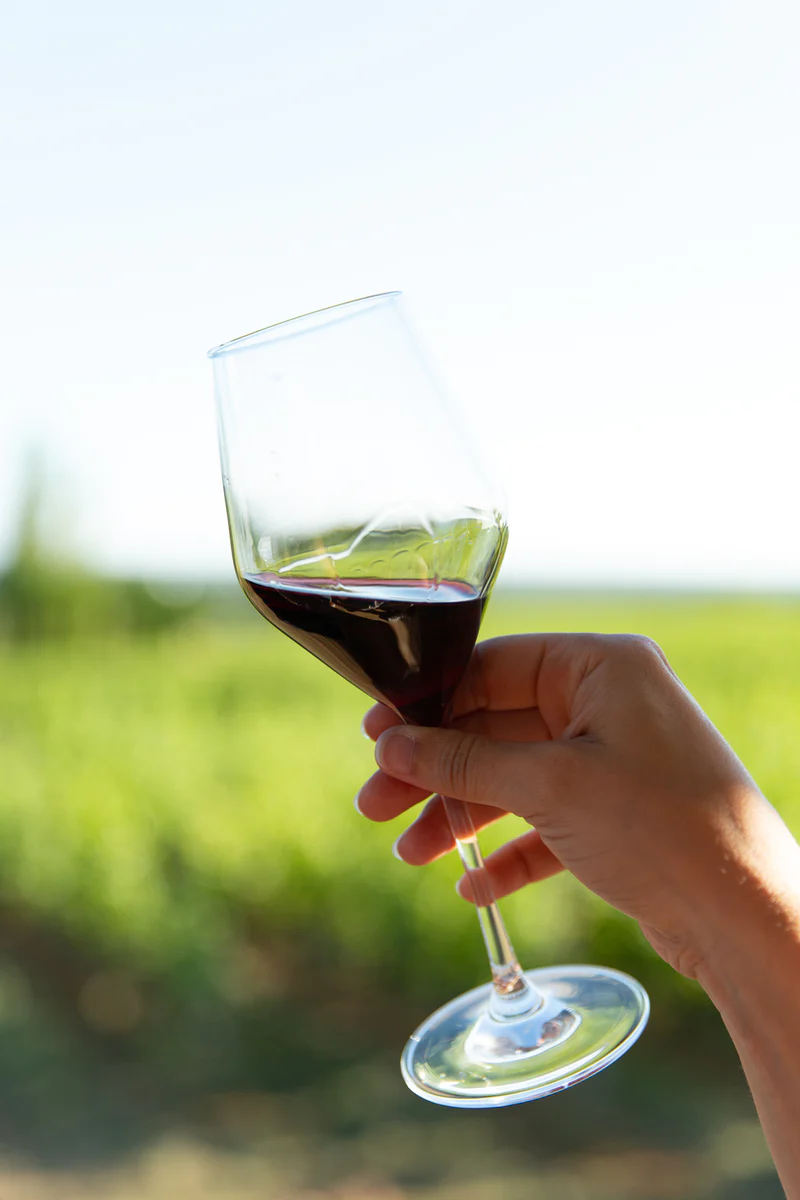
Finally, for the red wines of Provence, Languedoc or Catalonia, which are terrifically fruity but very often high in alcohol, it is important not to serve them warmer than 20°C. Too high a temperature might make these wines seem too heavy at tasting.
Sparkling wines
As with red, white or rosé wines, temperature is fundamental. If you serve sparkling wine too cold, you restrict its aromatic potential. If you serve it too warm, its fizz will dissipate. It is therefore recommended to serve Champagne at a temperature of 10°C to fully appreciate its complexity and enjoy its delicate bubbles.
So as you can see, service temperature is crucial to wine tasting and to showing the work of our producers at its best.
To learn more
Now you hold the keys to serving wine at the ideal temperature. It’s time to put the theory to test ! So which wine will you be tasting?
Still curious to learn more? Want to travel? Then come with us to discover the wines of South Africa.
